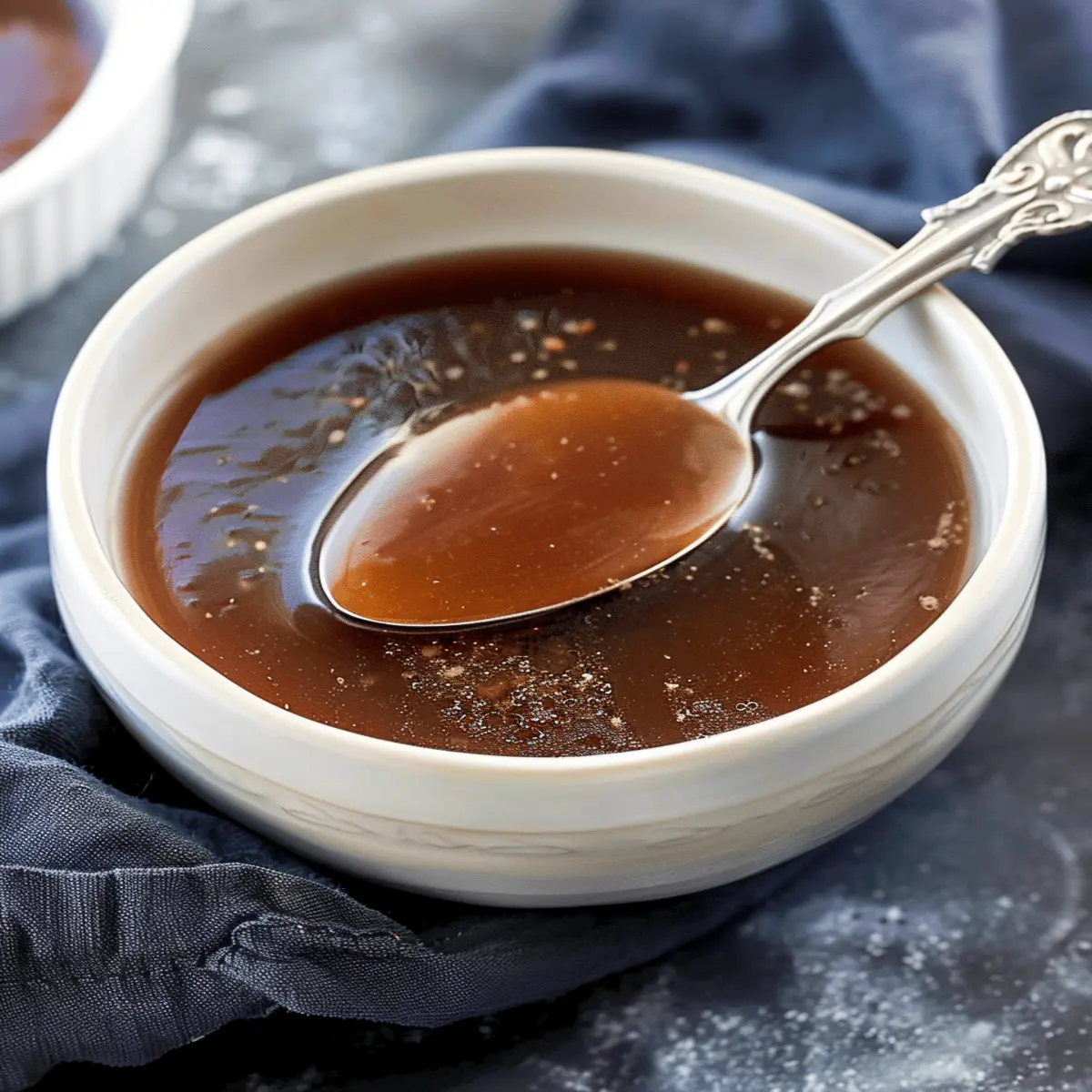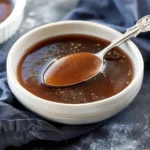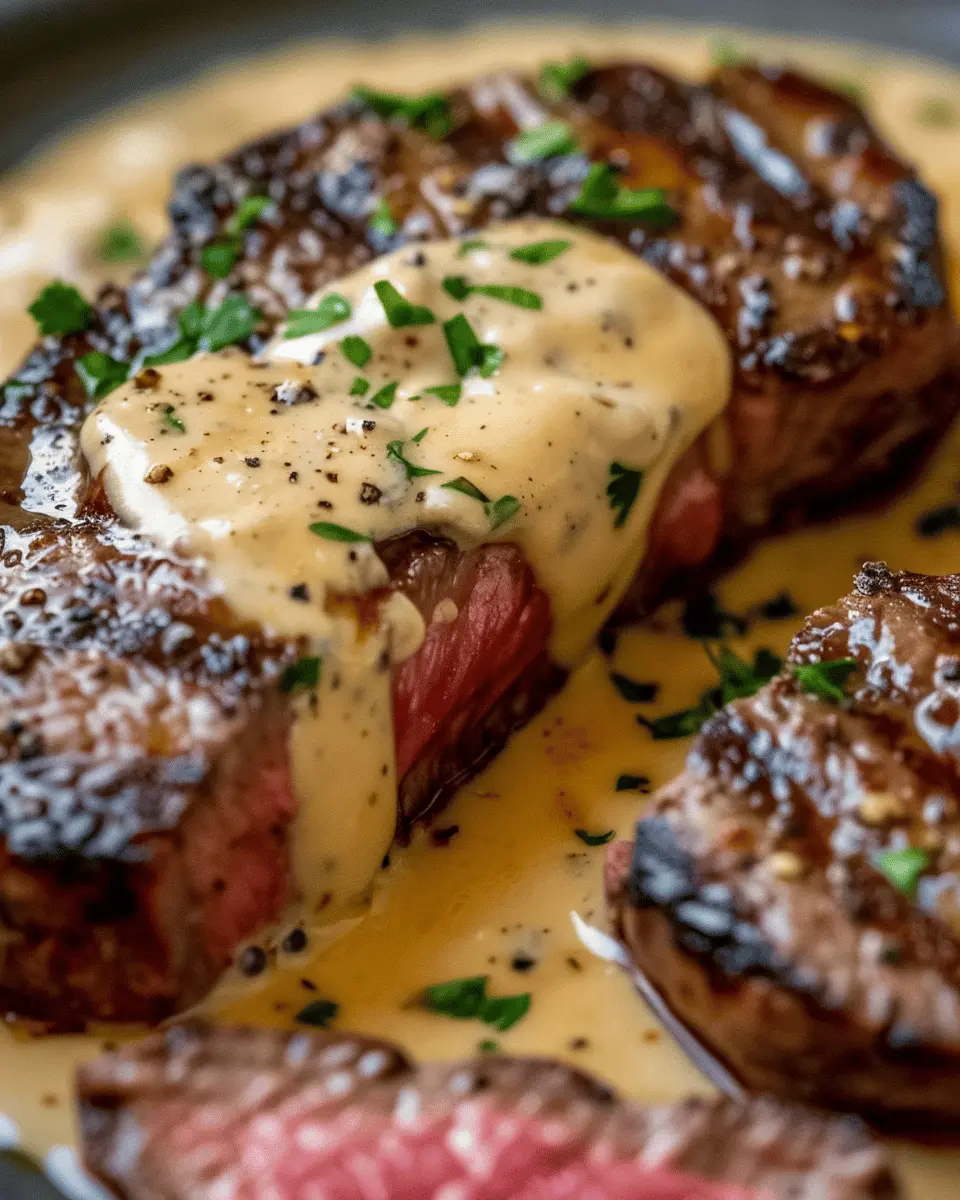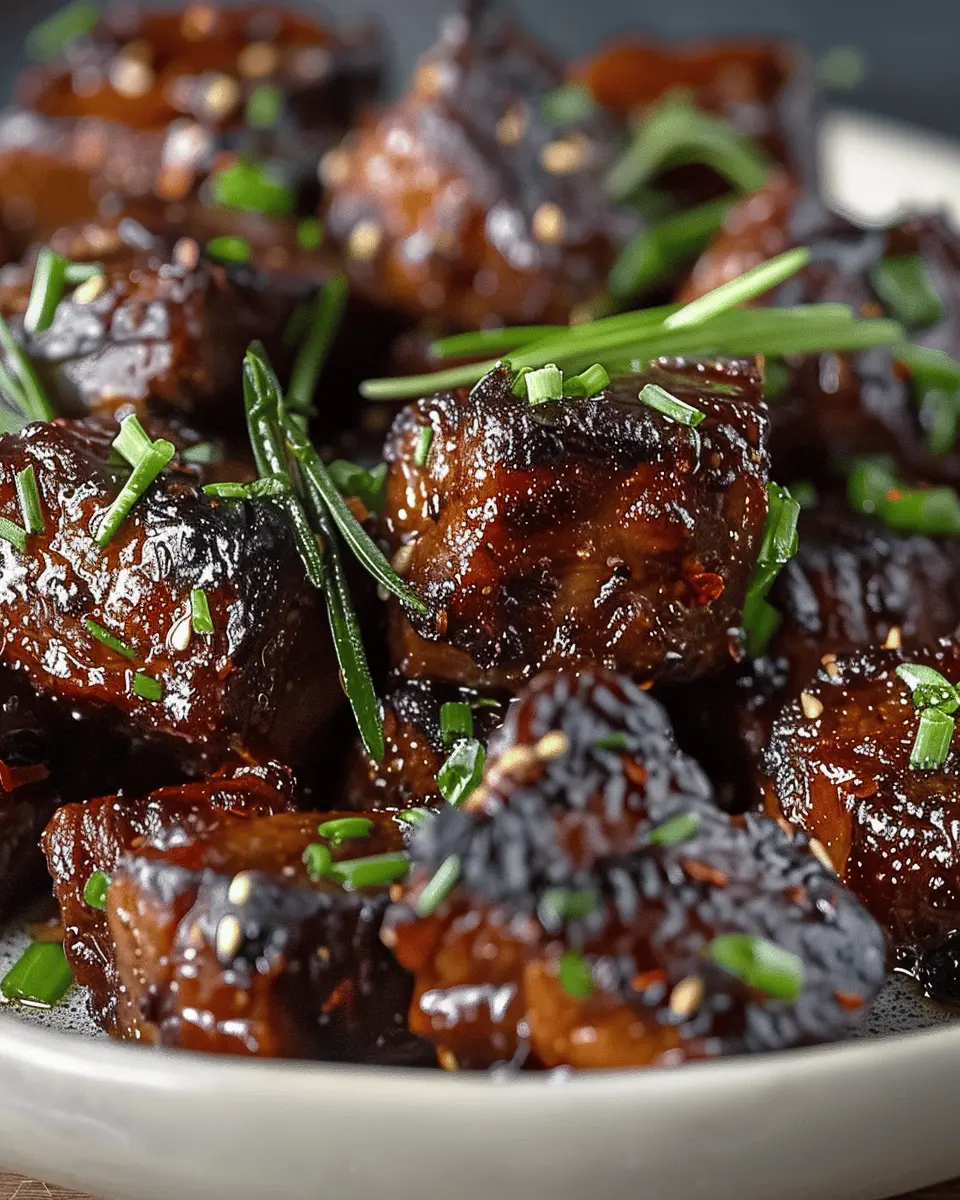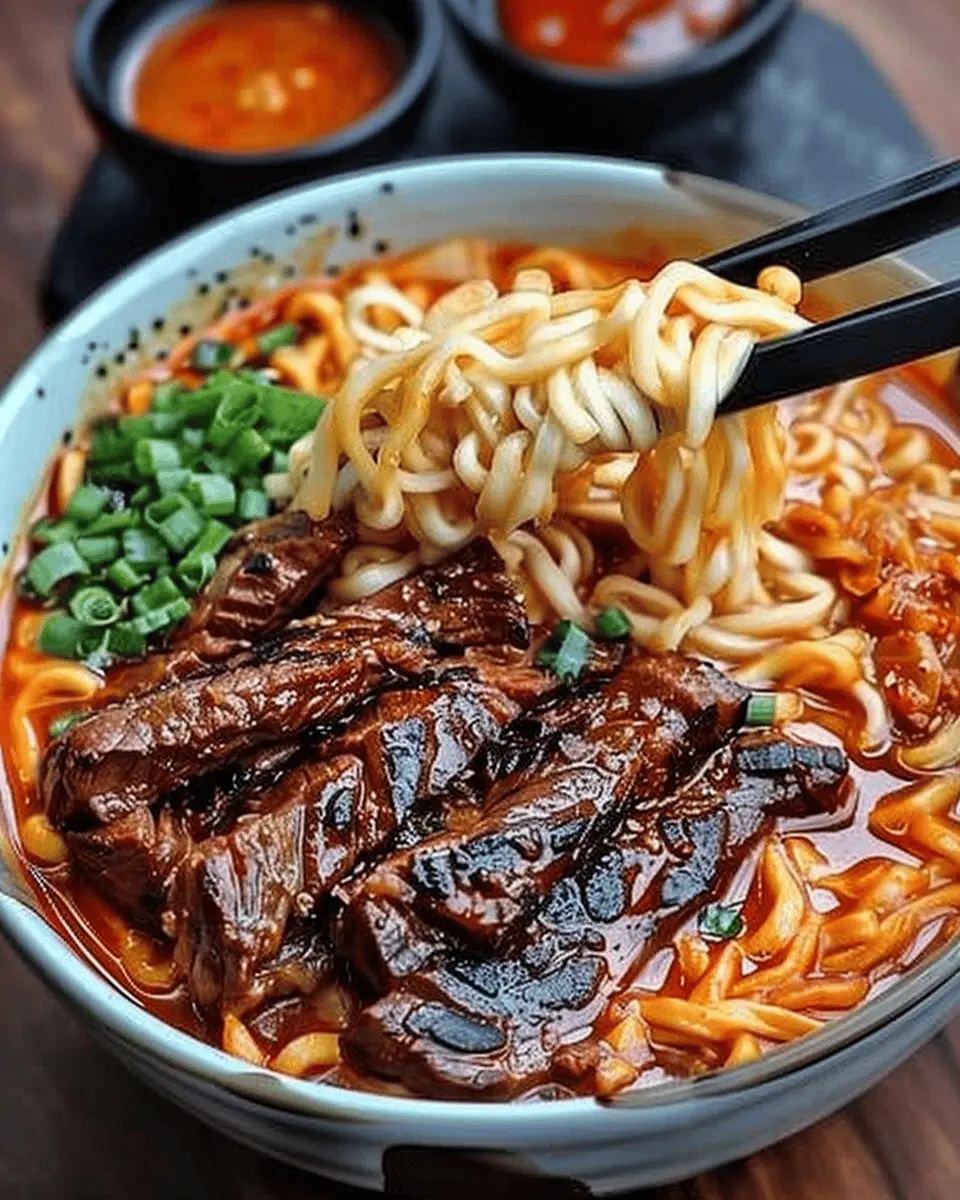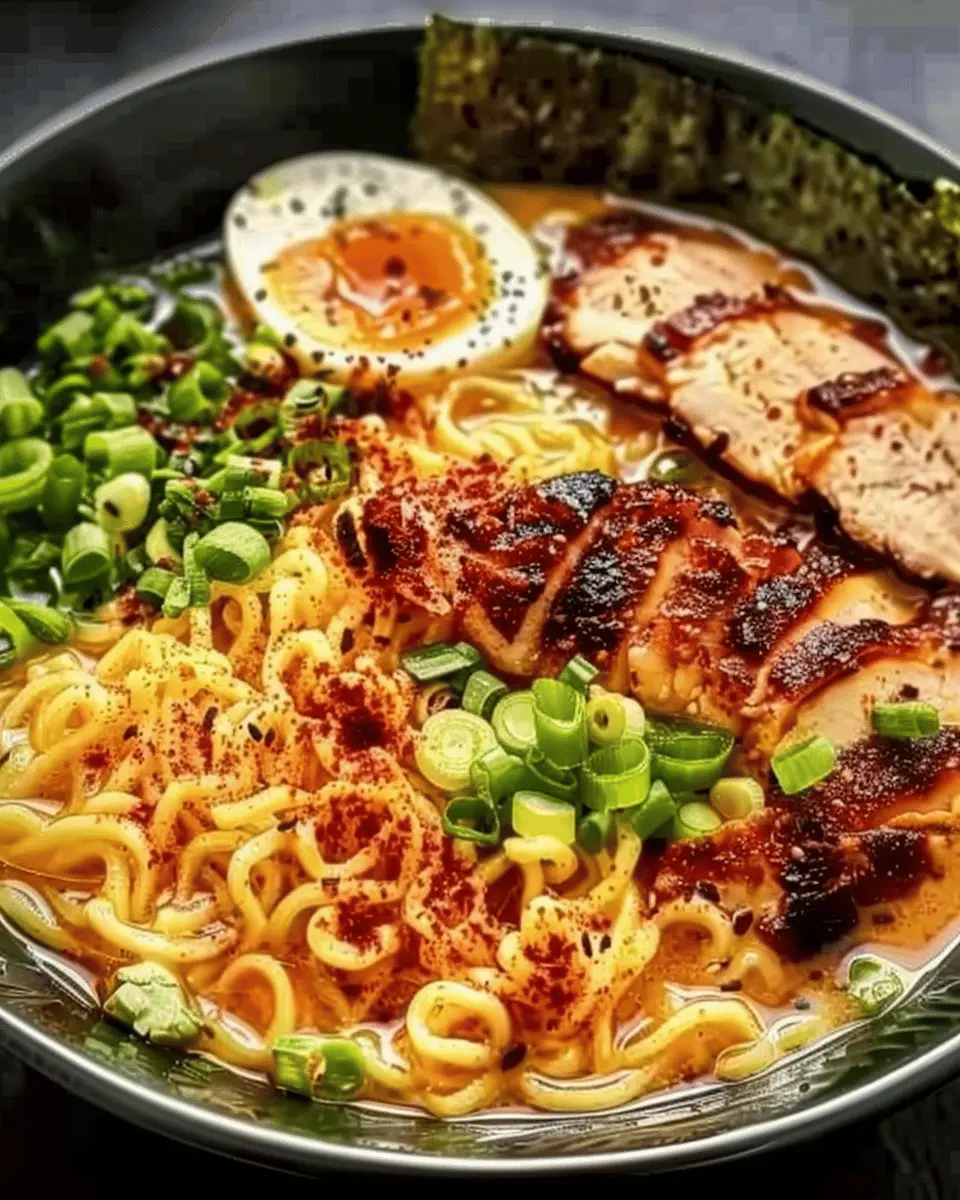Introduction to Au Jus Recipe
When diving into the culinary world, few things elevate a meal like a rich, savory sauce. Enter au jus, which translates to “with juice” in French. This delicious sauce, primarily made from the drippings of roasted meat, not only enhances flavors but also adds moisture to dishes that might otherwise seem dry.
What is Au Jus and Why It’s a Game-Changer?
So, why is an au jus recipe such a game changer? For starters, it’s incredibly versatile. Picture this: you’ve just roasted a beautiful cut of beef or pork. Instead of discarding those flavorful drippings, you can transform them into a mouthwatering sauce that takes your dish from okay to extraordinary. According to chefs at the Culinary Institute of America, utilizing drippings in your cooking can significantly heighten the overall flavor profile of your meal.
Beyond its flavor, au jus serves a practical purpose. Have you ever found yourself digging into a roast that lacked moisture? That’s where this sauce comes in—it’s perfect for dipping sandwiches, serving alongside meats, or even drizzling over mashed potatoes. Imagine the decadence of a French dip sandwich, with tender slices of beef dipped into a warm au jus. It’s comfort food at its best!
Creating your own au jus from scratch isn’t just for seasoned chefs. In fact, making a simple mostly liquid sauce is accessible for young professionals and home cooks alike. With just a few ingredients—such as stock or broth, plus the drippings from your roast—you can whip up a sauce that dazzles your dinner guests or simply elevates your weeknight meal.
As a bonus, there are plenty of variations available. You can incorporate herbs, wine, or even some sautéed onions to customize your au jus recipe to fit your tastes. If you’re interested in exploring different methods, check out this guide from Epicurious that dives into other sauce options you can create from drippings.
In short, not only is au jus a delightful addition to many meals, but it also encourages culinary creativity. Ready to dive in and make your own? Let’s get cooking!
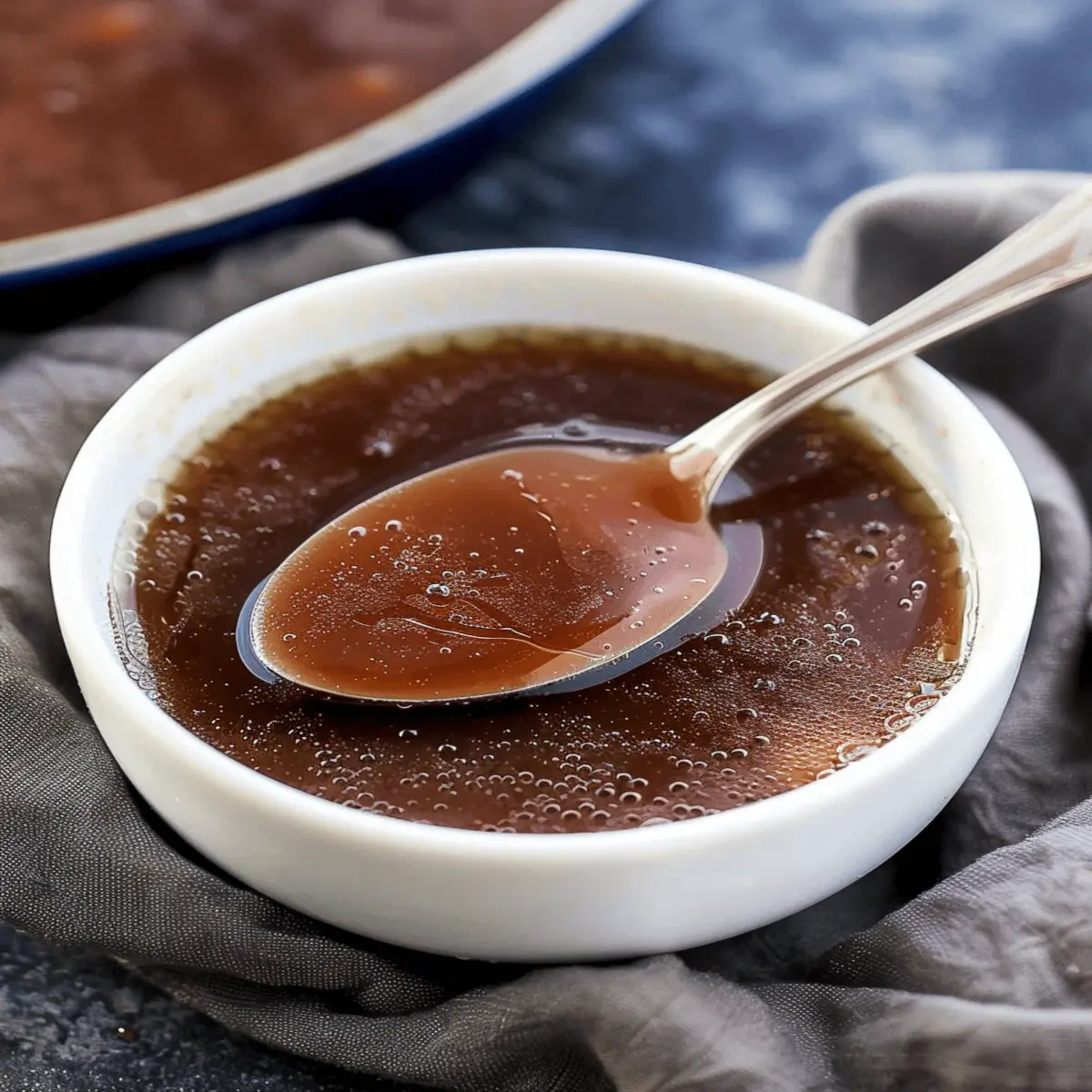
Ingredients for Au Jus
When crafting a delicious au jus recipe, having the right ingredients is key to enhancing the flavor of your dish. Let’s break it down.
Essential ingredients you’ll need
To create that rich, savory flavor, gather the following staples:
- Beef drippings: The heart of your au jus, these drippings come from the roasted beef and are packed with flavor.
- Beef broth: This base adds depth and moisture to the sauce.
- Red wine: A splash enhances the richness; opt for a dry variety.
- Shallots or garlic: Sautéed in the drippings, these aromatics provide that extra flavor punch.
- Fresh herbs: Thyme or rosemary adds a fragrant quality.
Optional ingredients for added flavor
Want to elevate your au jus recipe even more? Consider these optional enhancements:
- Soy sauce: For added umami and a deeper color.
- Worcestershire sauce: A dash brings complex flavors that pair beautifully.
- Scallions or chives: Fresh herbs added just before serving can brighten the dish.
Feeling adventurous? Customize your au jus! For more insights, you can check out Serious Eats for expert tips on refining your pot-roast game.
Step-by-Step Preparation of Au Jus
Creating the perfect au jus can transform an ordinary meal into a gourmet experience. Today, let’s walk through an easy and delicious au jus recipe that will have your taste buds singing. Whether you’re serving it with roast beef, pork, or even lamb, this flavorful sauce complements your main dish beautifully.
Gather Your Ingredients
First things first: having everything you need at your fingertips makes the cooking process smoother and more enjoyable. For a basic au jus, here’s what you’ll need:
- Meat drippings from your roasted meat (beef, pork, or lamb)
- Beef or chicken broth (homemade is best, but store-bought works too)
- Wine (optional): A splash of red or white wine can add depth.
- Fresh herbs: Thyme or rosemary elevate the flavor.
- Salt and pepper: For seasoning.
Make sure you have a sturdy pan for deglazing and a whisk handy. If you’re new to this, check out some great sources on culinary techniques to bolster your cooking confidence!
Cook Your Meat and Collect Drippings
To create a flavorful au jus, start by cooking your meat to your desired level of doneness. Cooking the meat in a roasting pan is ideal, as it allows the juices to gather beautifully.
-
Roast your meat until it reaches the ideal internal temperature. For beef, that’s typically around 135°F (medium-rare).
-
Once your meat is done, remove it from the pan and let it rest (this is crucial!). While it’s resting, keep the drippings in the pan. These flavorful juices are the foundation of your au jus.
Deglaze the Pan
Next, it’s time to unlock even more flavors from those remnants left in the pan.
-
Place the roasting pan on the stove over medium heat.
-
If you’re using wine, pour in about a cup and scrape the bottom of the pan with a wooden spoon to loosen that delicious brown goodness. If you skip wine, use some broth; just make sure to dissolve the particles.
This step not only enhances the flavor but also adds a nice, rich color to your au jus.
Add Broth or Stock
After deglazing, it’s time for the next layer of flavor.
-
Pour in your beef or chicken broth — about 2 to 3 cups should do.
-
Whisk the mixture to combine everything smoothly.
Using homemade broth can elevate the flavor profile dramatically. The goal is to strike a balance between the drippings and the broth; you want it flavorful but not overwhelmingly salty.
Simmer and Season
The last step is all about bringing your au jus to life.
-
Allow your mixture to simmer for about 15 to 20 minutes. This reduces and concentrates the flavors.
-
As it simmers, season to taste with salt and pepper. You can also add fresh herbs like thyme or rosemary for an aromatic touch.
-
Once it’s reached your desired consistency, strain the au jus into a serving dish to catch any solids.
And there you have it, a simple yet incredibly flavorful au jus ready to serve! Whether you ladle it over your meat or serve it alongside, your guests will be impressed with this restaurant-quality sauce.
For tips on how to adjust flavors or for alternative recipes, be sure to explore more culinary websites that fit your cooking style. Enjoy your meal while relishing the satisfaction of creating something special right in your kitchen!
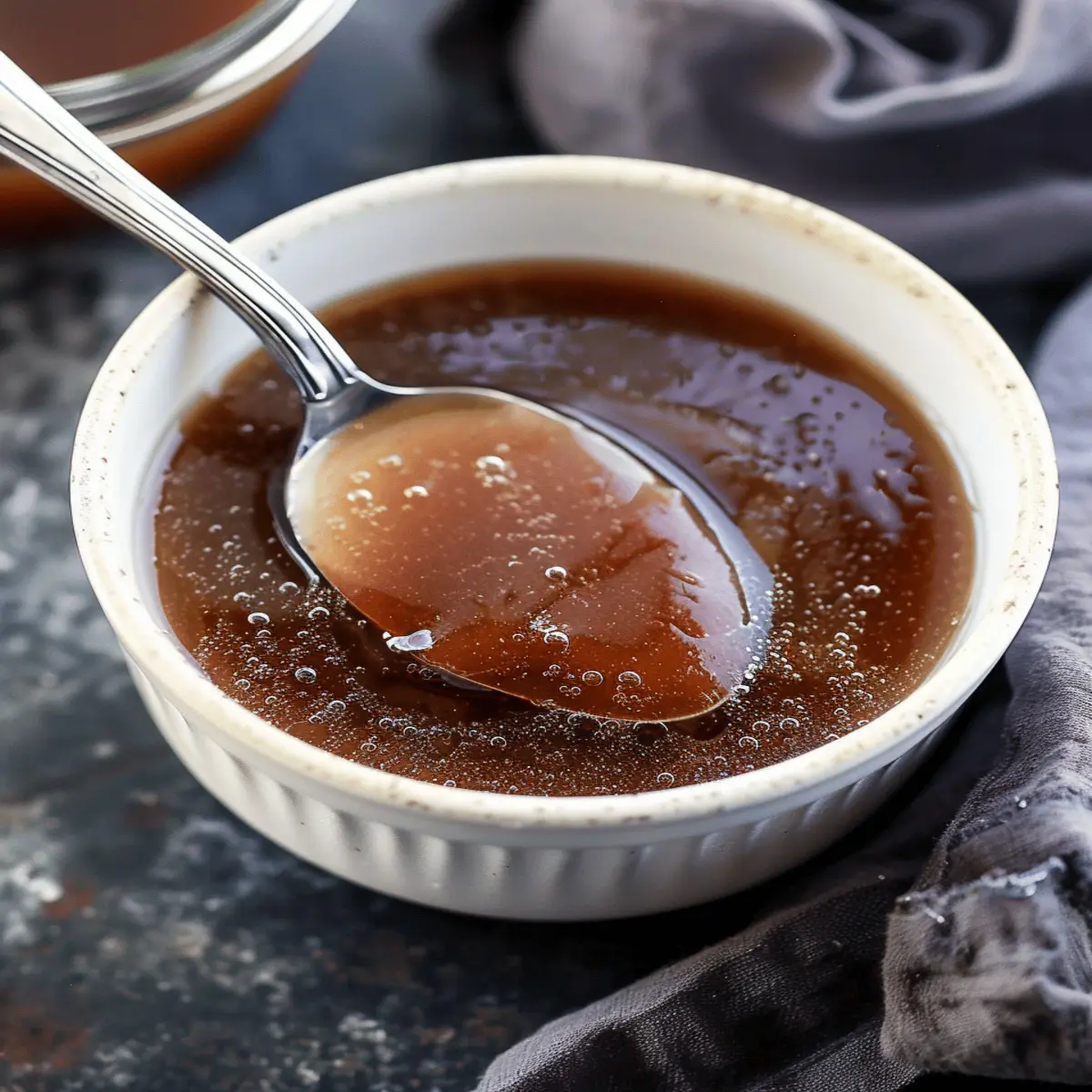
Variations on Au Jus
When it comes to enhancing your dishes, an au jus recipe can be a game changer. Whether you’re serving a roast or a comforting soup, there are delightful variations to explore.
Classic Beef Au Jus
The traditional version, often used with prime rib or roast beef, is rich and flavorful. Made by simmering beef bones, herbs, and seasonings, this classic au jus captures the essence of the meat. If you’re wondering where to start, using this beef stock recipe as a base can elevate your au jus beautifully. Don’t forget to strain it for that smooth finish!
Chicken Au Jus for Poultry Lovers
For those who prefer poultry, chicken au jus is an excellent alternative. It’s lighter yet remains packed with flavor. Start by roasting a chicken and using the drippings as a base, adding white wine or chicken stock for depth. This simple technique not only enhances your dish but also maximizes what you have on hand. Plus, a well-executed chicken au jus can turn any leftover roast into a culinary masterpiece.
Vegetarian Au Jus Options
Not all of us eat meat, and that’s perfectly okay! A vegetarian au jus can equally tantalize the taste buds. Use a hearty vegetable broth as the foundation, and complement it with roasted vegetables like mushrooms and onions for that savory umami kick. A dash of soy sauce or miso can also provide depth. Not only does this cater to vegetarians, but it brings a unique flavor profile to your meals. Check out this vegetable broth recipe to get started.
Experimenting with these variations allows you to keep your meals fresh and exciting. So, which version will you try next?
Cooking Tips and Notes for Au Jus
Timing is everything
When making your au jus recipe, timing can truly elevate the flavor profile. Ideally, you want to start the au jus just as your meat is resting, allowing it to soak in all those savory juices. This not only enhances the taste but also helps you capture those essential drippings that make your sauce rich and delicious. Avoid rushing this step—give yourself around 15-20 minutes to get the flavors just right.
Adjusting salt and seasoning
Salt content can be a game changer in any au jus. Start with a little, taste, and then gradually increase if needed. Remember, you can always add more, but it’s tough to fix an overly salty sauce. If you find it too salty, a splash of water or low-sodium broth can help balance things out. Keep in mind that the quality of your broth matters; using a homemade stock or a high-quality store-bought option can turn your au jus recipe from good to extraordinary.
For more tips on seasoning, check out Serious Eats for expert insights. Trust me, your tastebuds will thank you!
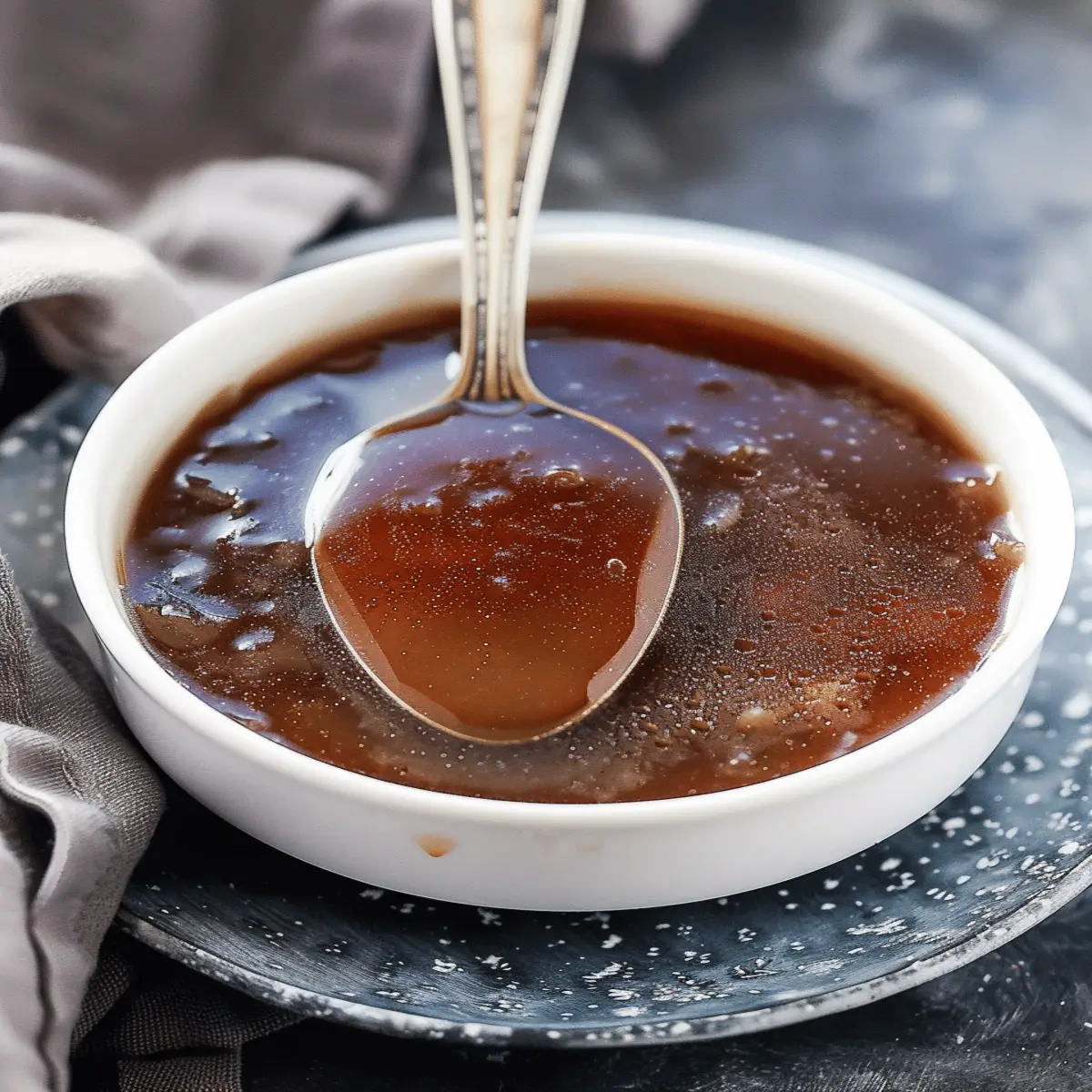
Serving Suggestions for Au Jus
Perfect pairings with meats
When it comes to enhancing that mouthwatering taste of your au jus recipe, few combinations are as satisfying as its relationship with various meats. Whether you’re diving into a tender roast beef sandwich or savoring prime rib, a rich au jus drizzled over it adds depth and flavor. Here are some perfect pairings:
- Roast Beef: Nothing beats a classic! The savory notes of au jus complement the beef’s natural flavors beautifully.
- Pork Loin: This versatile meat shines with a hint of garlic and rosemary-flavored au jus.
- Lamb Chops: For the adventurous eaters, try lamb with your au jus; the pairing is rich and decadent.
Creative uses beyond dipping
Don’t limit your au jus to just being a condiment. Get creative! Consider using it for:
- Sautéing Vegetables: A splash of au jus can add a savory kick to stir-fried veggies.
- Sauces for Grains: Drizzle it over rice or quinoa for a flavor boost that elevates your meal.
- Stews and Soups: Incorporate the au jus into your next stew for an added layer of richness.
How do you like to use au jus beyond dipping? If you’re looking for more culinary inspiration, check out this guide on cooking techniques for maximizing flavors in your dishes.
Time Breakdown for Au Jus
When you’re looking to elevate your meal, this au jus recipe is a fantastic addition, but it’s important to know how much time you’ll need to whip it up. Let’s break it down for you!
Preparation Time
Getting started is quick! You’ll need about 10 minutes to gather your ingredients and chop anything that needs chopping, like herbs or onions.
Cooking Time
Once you’ve prepped, the cooking process takes around 30-45 minutes. Simmering the ingredients gently allows the flavors to meld beautifully. If you’re not familiar with how to perfect simmering, check out this helpful guide.
Total Time
From prep to plate, you’re looking at about 40-55 minutes. This au jus will definitely be worth the wait—trust me, your taste buds will thank you!
Whether you’re serving it alongside a hearty roast or using it to enhance a sandwich, knowing this time breakdown can help you plan your meal effectively. Enjoy!
Nutritional Facts for Au Jus
Calories and Serving Size
When diving into an au jus recipe, understanding the nutritional facts is essential, especially if you’re mindful of calorie intake. A typical serving size of au jus—about 2 tablespoons—contains approximately 15-20 calories. This means you can indulge in that rich, flavorful sauce without derailing your dietary goals.
Sodium Content
However, one aspect to keep an eye on is the sodium content. Au jus can pack quite a punch, with about 300-400 mg of sodium per serving. This aligns with guidelines from the American Heart Association recommending lower sodium levels for heart health. If you’re looking to cut back, consider making your own au jus using low-sodium broth or reducing the salt in your au jus recipe.
Whether you’re pouring it over a hearty roast or using it for dipping, these nutritional insights can help you enjoy au jus in a balanced way. If you’re curious about healthier alternatives or modifications, check out articles on Healthline for more tips!
FAQs about Au Jus
What is the best way to store leftover au jus?
If you’ve made a delicious au jus recipe and find yourself with some leftover goodness, storing it properly is key! The best way to store leftover au jus is in an airtight container in the refrigerator. Make sure it’s cooled down to room temperature before sealing it up. Properly stored, it will stay fresh for about 3 to 4 days. If you want to keep it longer, consider freezing it. Just pour the au jus into ice cube trays for easy portioning, and transfer the frozen cubes to a freezer-safe bag for up to 3 months.
Can au jus be made ahead of time?
Absolutely! Making au jus ahead of time can actually deepen the flavors, making it even tastier. You can prepare it a day or two before your meal. Simply follow your favorite au jus recipe, allow it to cool, and refrigerate it. When you’re ready to serve, gently reheat it on the stove, whisking as necessary to restore its silky texture.
How to thicken au jus for a different texture?
Want to change things up? Thicker au jus can be a great way to elevate your dish. Here’s how you can achieve that:
- Cornstarch Slurry: Mix equal parts cornstarch and cold water. Gradually add this mixture to your simmering au jus, stirring constantly until it reaches your desired thickness.
- Reduction: Simply simmer your au jus longer to allow it to reduce, which will concentrate the flavors and naturally thicken the sauce.
- Butter: Whisk in a tablespoon of cold butter right before serving for a rich and luxurious texture.
For additional in-depth tips, check out expert resources like Serious Eats or Bon Appétit to amplify your cooking skills!
By answering these common questions about au jus, we hope you feel more confident in preparing this classic sauce. Happy cooking!
Conclusion on Au Jus Recipe
Why You Should Try Making Au Jus at Home
Making your own au jus is a simple yet rewarding culinary adventure that can elevate your meals. Why should you give it a shot? Here are a few compelling reasons:
- Control Over Ingredients: When you whip up your own au jus, you know exactly what’s going in it—no preservatives or artificial flavors.
- Flavor Customization: You can experiment with herbs and spices to create a flavor profile that suits your palate perfectly.
- Cost-Effective: It’s an inexpensive way to enhance the taste of your dishes, especially if you already have the basics at home.
Did you know that homemade au jus can be made in just about 20 minutes? Not only does it taste better than store-bought versions, but it also adds a touch of sophistication to dishes like prime rib or French dip sandwiches. If you haven’t tried this au jus recipe yet, what are you waiting for? Explore the world of homemade sauces, and you’ll never look back! For more tips on enhancing your meals, consider checking out Serious Eats for additional insights.
PrintAu Jus Recipe: Irresistibly Rich and Full of Flavor!
Au Jus is a flavorful sauce made from the drippings of meat, typically served with roasts.
- Prep Time: 5 minutes
- Cook Time: 15 minutes
- Total Time: 20 minutes
- Yield: 4 servings 1x
- Category: Sauces
- Method: stovetop
- Cuisine: American
- Diet: gluten-free
Ingredients
- 2 cups beef broth
- 1 cup roasted meat drippings
- 1 tablespoon soy sauce
- 1 teaspoon Worcestershire sauce
- 1 bay leaf
Instructions
- In a saucepan, combine the beef broth and meat drippings.
- Add the soy sauce, Worcestershire sauce, and bay leaf.
- Bring to a boil, then reduce heat and let simmer for 15 minutes.
- Strain the sauce to remove the bay leaf and any solids.
- Serve warm with your favorite meat dishes.
Notes
- For extra flavor, consider adding fresh herbs while simmering.
- This sauce can be made ahead of time and reheated.
Nutrition
- Serving Size: 1/2 cup
- Calories: 50
- Sugar: 1g
- Sodium: 550mg
- Fat: 0g
- Saturated Fat: 0g
- Unsaturated Fat: 0g
- Trans Fat: 0g
- Carbohydrates: 1g
- Fiber: 0g
- Protein: 10g
- Cholesterol: 5mg
Keywords: Au Jus Recipe, beef sauce, meat drippings

